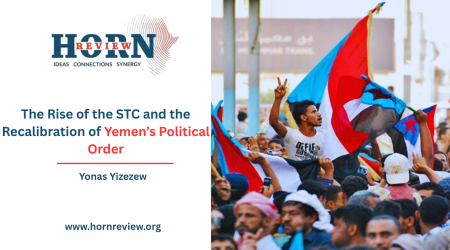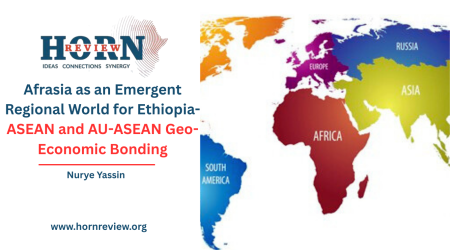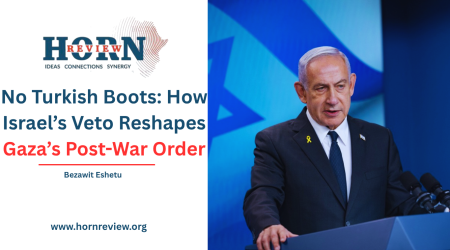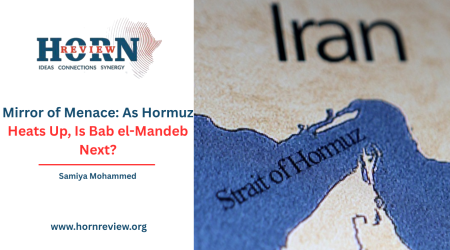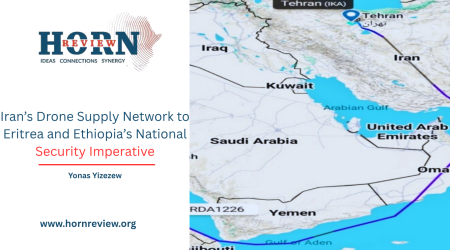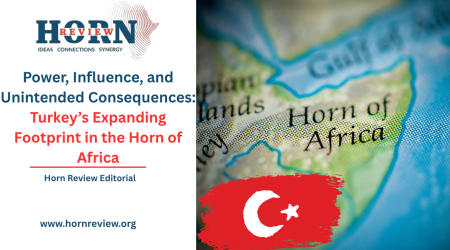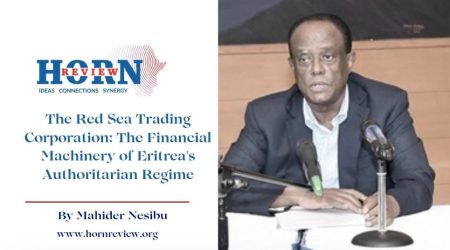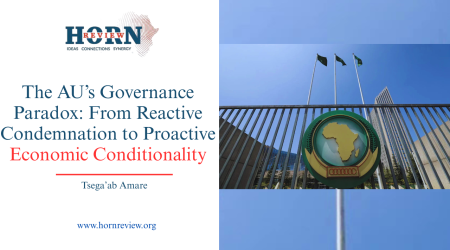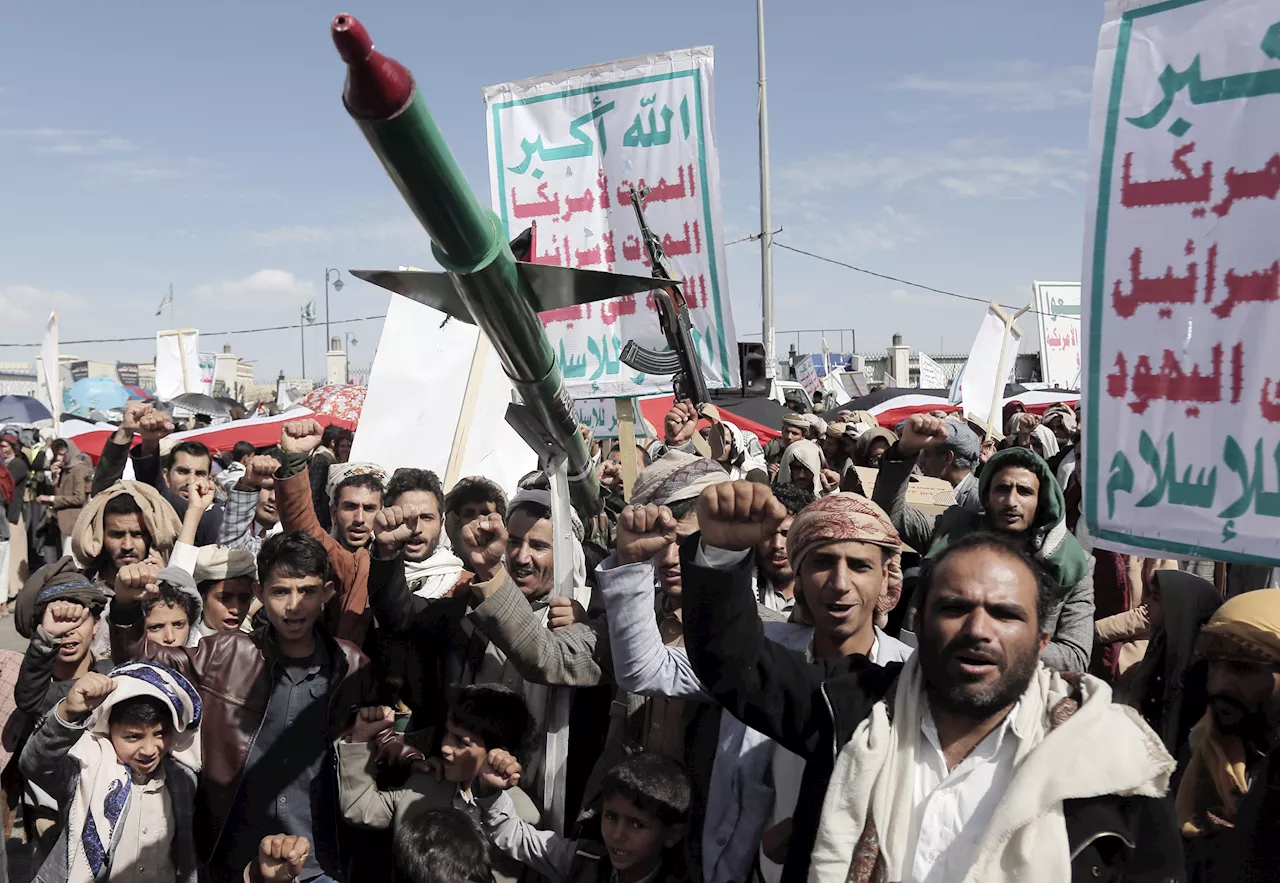
16
Jul
The Metastasis of a Theocratic War Machine:The Ansar Allah Ascendant
The Houthi movement officially designated Ansar Allah Partisans of God represents one of the most complex and consequential non-state actors in contemporary Middle Eastern geopolitics. Emerging from Yemen’s Zaydi Shia heartland in the 1990s as a revivalist theological movement, the group has metastasized into a formidable military political entity with transnational objectives and a multi front conflict portfolio. Their targeting of commercial shipping in the Red Sea, missile launches toward Israel, and insurgency against Yemen’s internationally recognized government reflect a layered strategy underpinned by ideological and external patronage.
The group’s foundational war targets Yemen’s Presidential Leadership Council , the Saudi-backed internationally recognized government based in Aden. Since seizing Sana’a in 2014, the Houthis have controlled approximately 70–80% of Yemen’s population, systematically dismantling state institutions and replacing them with parallel governance structures. Their tactics include confiscation of private assets, imposition of parallel taxation systems, and deployment of child soldiers all while suppressing dissent through arbitrary detentions and enforced disappearances. PLC Chairman Rashad al-Alimi condemns the Houthis for exploiting the rhetoric of national unity to mask a project of repression, sectarianism, and regionalism that fragments Yemen into masters and slaves.
The Houthis position themselves as vanguard combatants within Iran’s Axis of Resistance, targeting Saudi Arabia, the United Arab Emirates, and since October 2023 Israel. They include long-range drones Samad-3/4, Wa’id, missiles Toufan, Quds-4, and naval mines, enabling strikes deep into Saudi territory and Israeli ports. Maritime attacks in the Red Sea, framed as solidarity with Gaza, have escalated to indiscriminate targeting by March 2025, over 60 vessels had been attacked, including Greek-owned bulk carriers Magic Seas and Eternity C, sunk with the loss of three crew members. This campaign has rerouted 15% of global maritime trade around Africa, inflicting severe economic disruption.
The U.S. and UK-led counter strikes under Operation Prosperity Guardian have transformed these nations into direct adversaries. Houthi explicitly links Western military responses to their broader anti-imperialist struggle, declaring US and UK-linked vessels legitimate targets. Retaliatory airstrikes have failed to degrade Houthi capabilities substantially, underscoring the group’s embedded resilience.
Leverage the Gaza conflict to position themselves as the region’s decisive resistance force. By disrupting Red Sea shipping, they aim to coerce Israel into ceasing military operations in Gaza while demonstrating their capacity to project power beyond Yemen. UN Special Envoy Hans Grundberg notes this tactic risks unraveling fragile hope for peace in Yemen by drawing it into wider regional conflagrations.
The Houthi insurgency exemplifies a paradigm wherein ideological maximalism, external patronage, and fragmented multilateral responses perpetuate conflict. Their end goals territorial domination within Yemen and elevated status within Iran’s Axis of Resistance are pursued through tactics calibrated to exploit regional crises. While Saudi-Iranian détente offers theoretical de-escalation pathways, the Houthis’ entrenched autonomy and arms pipeline render them a persistent force.
Absent comprehensive political negotiations addressing Yemen’s foundational grievances and rigorous interdiction of Iranian weapons flows the group will continue to leverage asymmetric warfare to transform itself from a local militia into a regional power broker. The Houthis’ war is thus both immediate and infinite fought today on the Red Sea’s waters, but aimed at a tomorrow where their theocratic vision reshapes the Arabian Peninsula’s political cosmos.
By Samiya Mohammed,Researcher,Horn Review


